The Sicilian Defense has been called the most combative opening against 1.e4 openings.
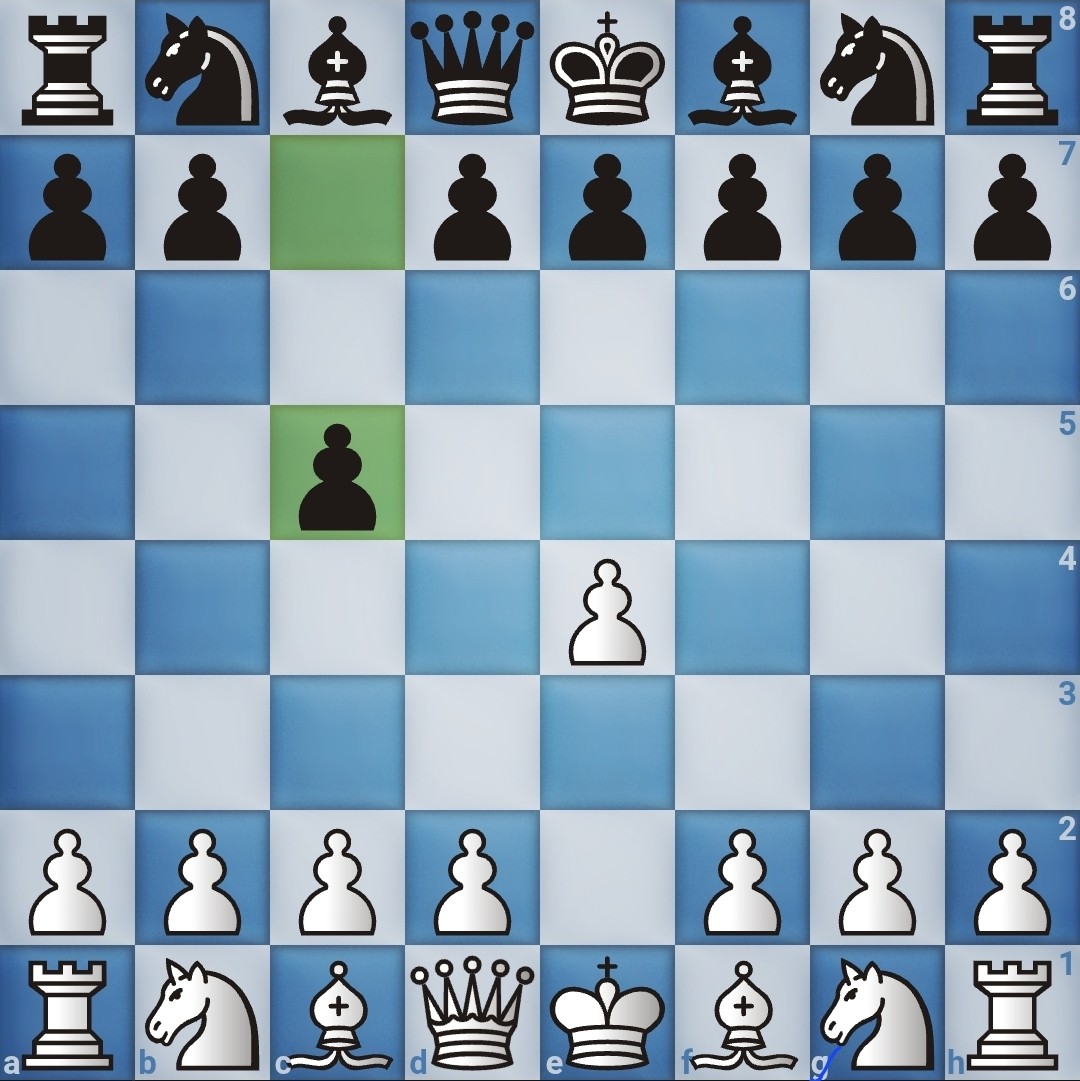
It is sharp, flexible, and designed to take the game to White right from the start.
The Sicilian dominates the chess scene across all strength levels, because it gives Black excellent winning chances.
However, this does not mean White cannot conjure up strong responses against the Sicilian.
We will break down the five most effective ways to play against the Sicilian Defense.
1. The Open Sicilian
1.e4 e5 2. Nf3 Nc6 3. d4

If you’re a player who’s always up for a fight and loves to scrap, this one is for you.
The Open Sicilian variation accepts Black’s challenge of fighting in the center and basically says, “bring it on.”
White immediately goes for the d4 thrust and lays their claim for the center.
This results in a sharp game for both sides, allowing for rapid development.
The Open Sicilian leads to a wide range of variations like the Najdorf, Dragon, and Sveshnikov.
This variation was employed by legendary players such as Bobby Fischer and Garry Kasparov.
The downside of this variation is that it requires heavy preparation.
Black players spend years studying their favorite Sicilian lines and are often armed with precise theory.
Still, for White players willing to study, the Open Sicilian remains the most principled and effective approach to tackle the Sicilian.
2. The Alapin Variation
1.e4 c5 2. c3

The central theme of the Sicilian opening in the initial stages is for Black to quickly lay claim to the d4 square and prevent any immediate d4 pawn thrusts.
1…c5 ensures that White does not immediately start expanding in the center and controlling space.
The Alapin variation is an immediate counter to the …c5 idea.
By playing 2. c3, White prepares to shore up the defense of the d4 square and prepare a d4 pawn thrust.
Black’s control of the d4 square is no longer as potent. If White decides to play d4 and the pawn is captured, the c3 pawn can easily take its place, and White maintains center control.
One of the advantages of playing the Alapin is that it sidesteps popular Sicilian lines for Black.
For most players, especially those at the beginner and intermediate levels, it takes them out of their preparation.
3. The Closed Sicilian
1.e4 c5 2. Nc3
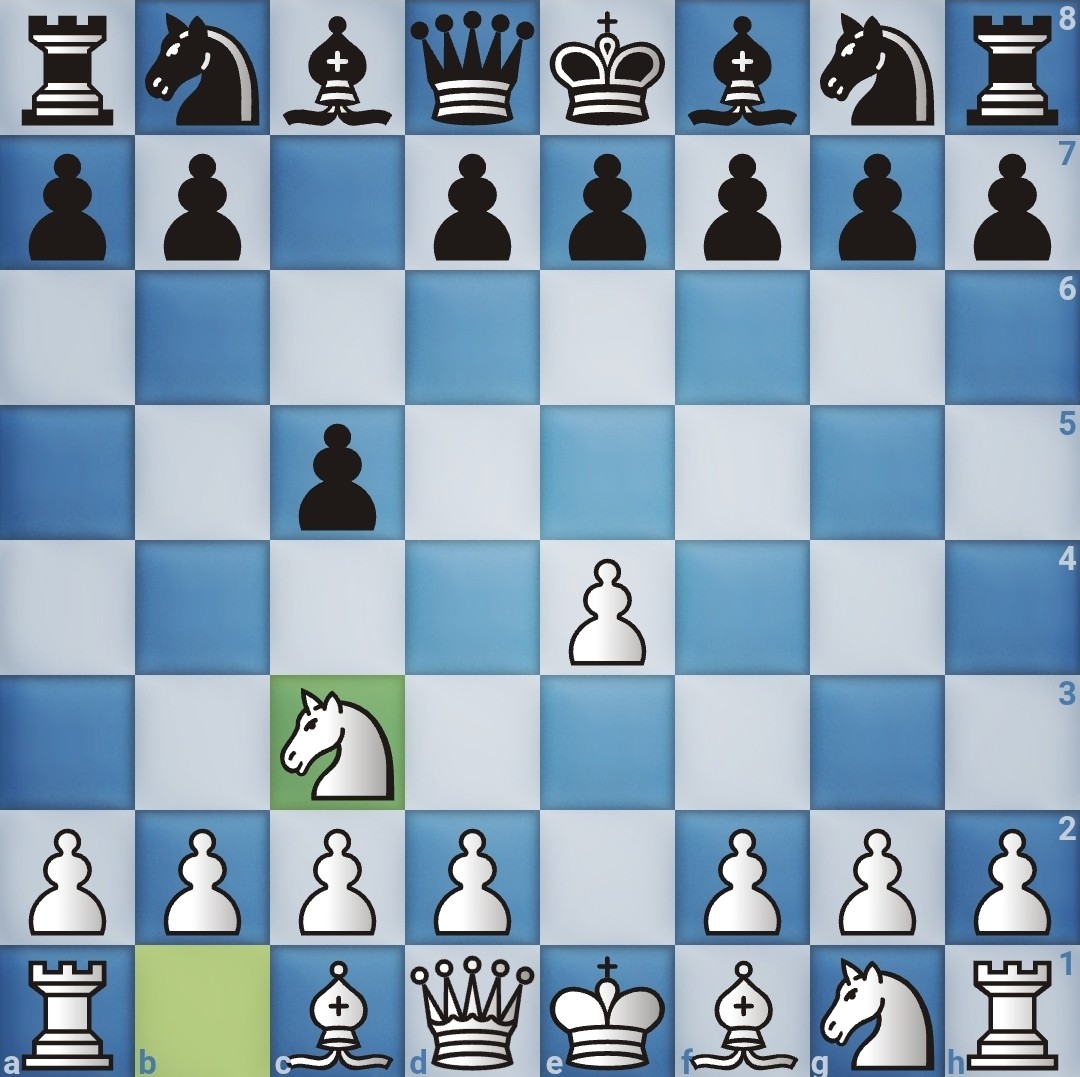
More often than not, when Black goes for the Sicilian, they’re itching for a fight.
They want to directly challenge White for control of the game in the opening stages.
The Closed Sicilian is one variation Sicilian players hate. This is because it immediately takes the sting out of the opening sequence.
White focuses more on a slow buildup rather than a confrontational game in the center.
White says they aren’t interested in any early trades in the center and would rather just develop their pieces.
This opening is more suited to players who prefer strategic maneuvering over sharp theoretical duels.
It also works well as a surprise weapon against Sicilian players expecting an open game.
While it may not promise a significant objective advantage, it often leads to complex middlegames where an understanding of positions matters more than memorizing moves.
Players like Magnus Carlsen and Hikaru Nakamura have been known to employ the Closed variation.
4. The Grand Prix Attack
1.e4 c5 2.Nc3 Nc6 3.f4
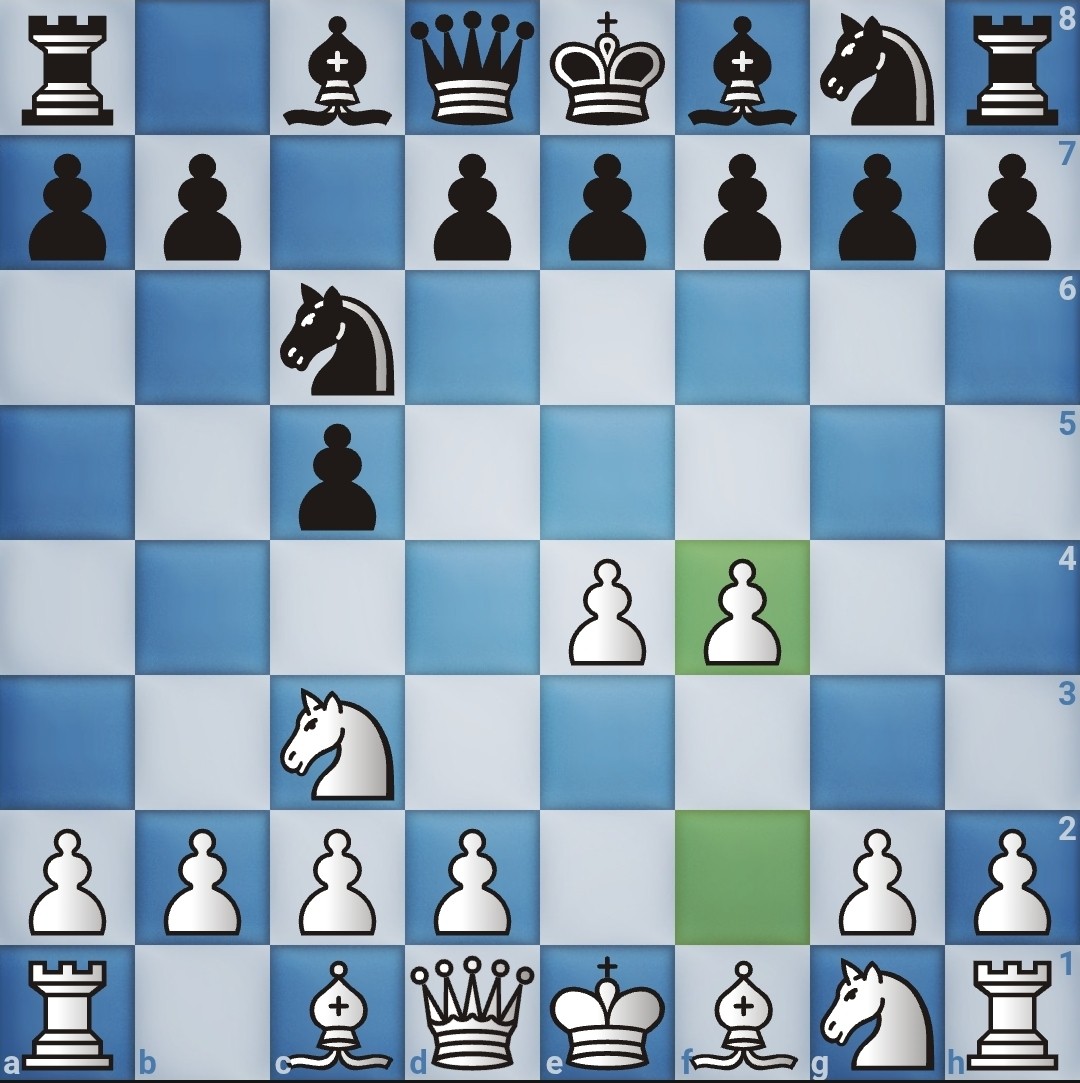
The Grand Prix Attack is a direct and aggressive system.
White aims for a quick kingside assault, often launching a pawn storm that looks to overwhelm Black.
The setup of the Grand Prix mirrors ideas from the King’s Gambit, but within the framework of Sicilian structures.
The plan is simple: dominate the center, push the kingside pawns at the right moment, and attack the kingside before Black’s queenside play gets rolling.
The Grand Prix is especially perilous in faster time controls, where precise defensive moves are more difficult to execute.
Its drawback is predictability: if Black knows the correct setups, the sting can be reduced.
Still, for players seeking clear attacking chances without diving into deep theory, the Grand Prix is a powerful option.
5. The Rossolimo Variation
1.e4 c5 2. Nf3 Nc6 3. Bb5
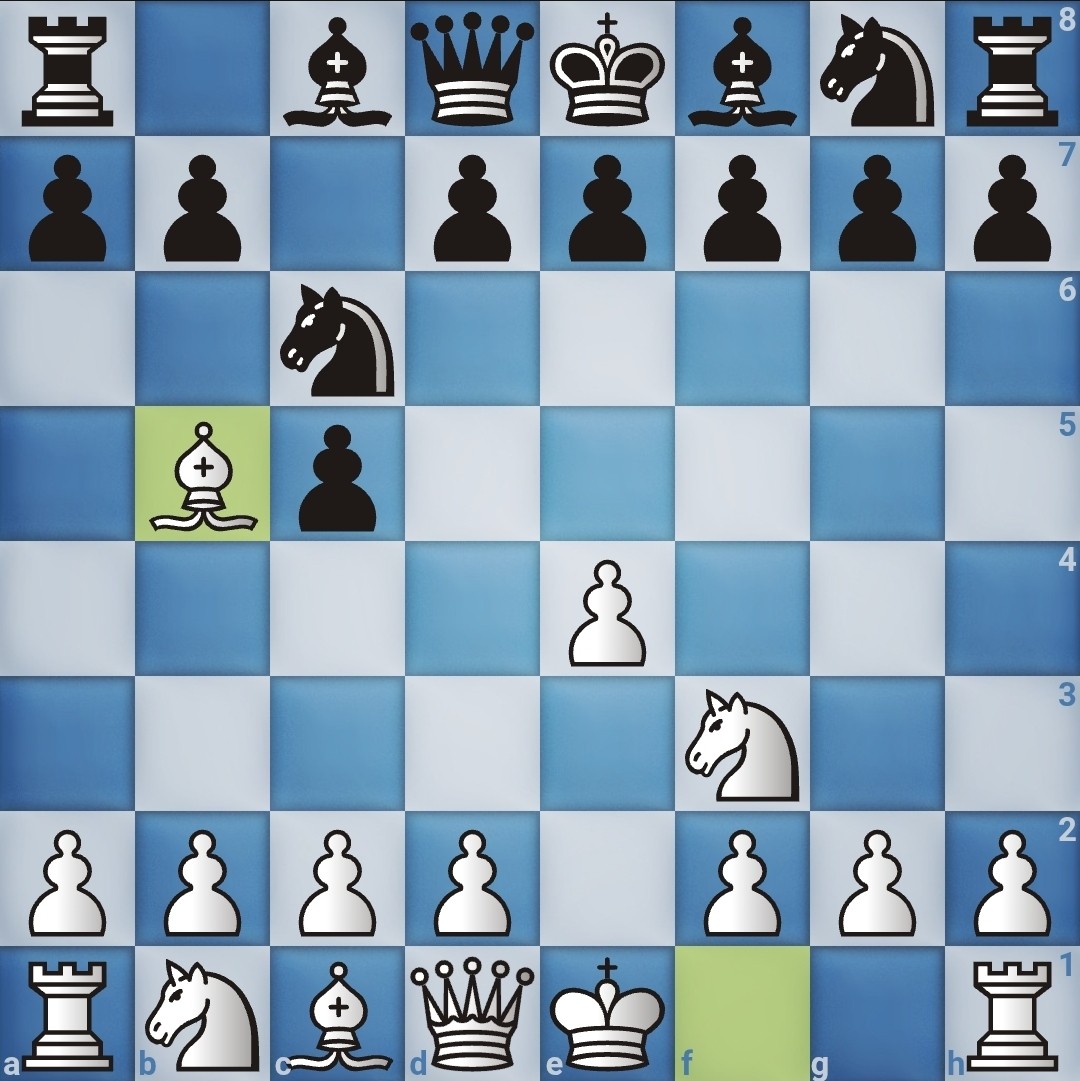
The Rossolimo variation is another way to prevent Black from engaging in center skirmishes.
In Sicilian, Black would love to play in the center, exchange pawns, and fight for control.
However, the Rossolimo sidesteps conventional Sicilian play. White develops the bishop early with 3. Bb5.
This move also threatens to capture the black knight on c6 and double Black’s pawns.
The Rossolimo also allows for flexibility, as White can decide how they want the game to proceed. It also allows for easy development of pieces.
This variation allows White to maintain the initiative and dictate the game’s course.
Conclusion
Ultimately, there is no single “best” system against the Sicilian.
The effectiveness of your choice depends on preparation, understanding, and confidence in the positions you reach.
The Sicilian thrives on imbalance, but so does White’s arsenal against it.
Learn these systems deeply, and you will always have a reliable answer to Black’s most popular defense.
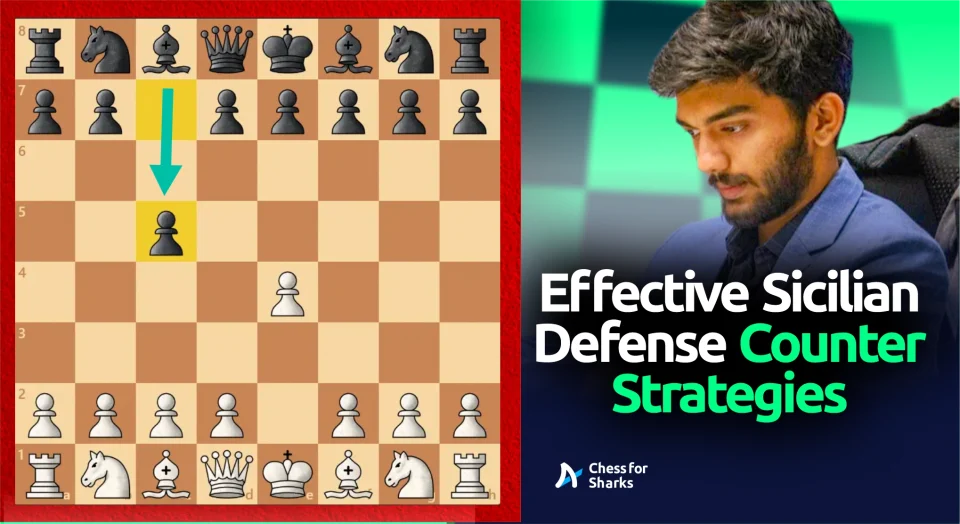



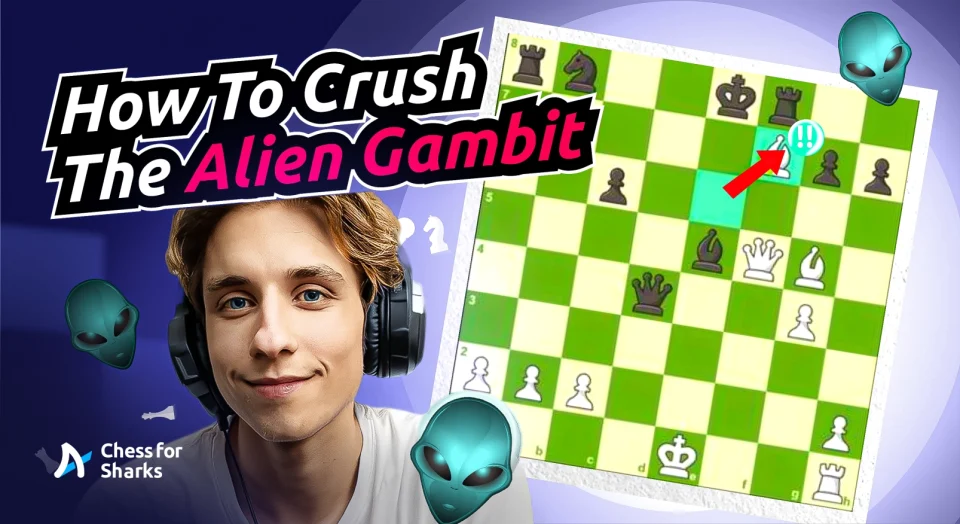
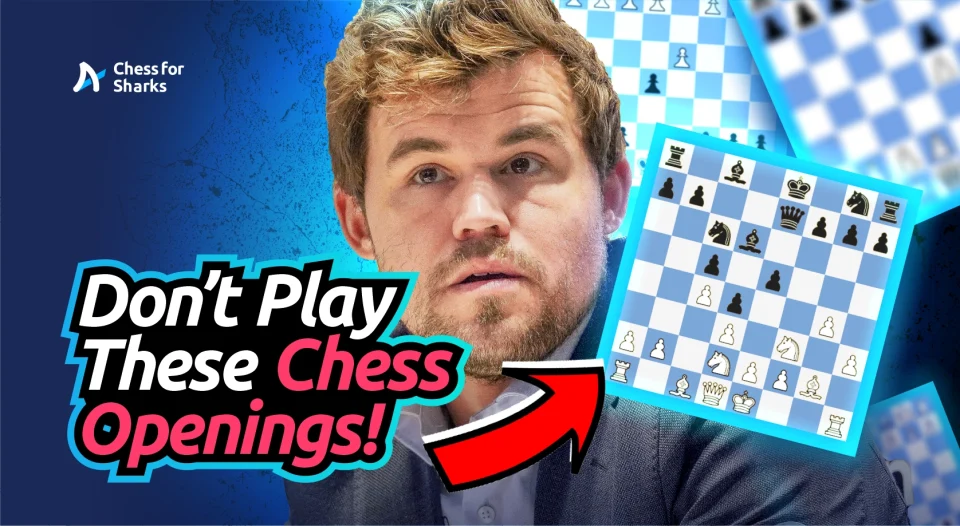

join the conversation